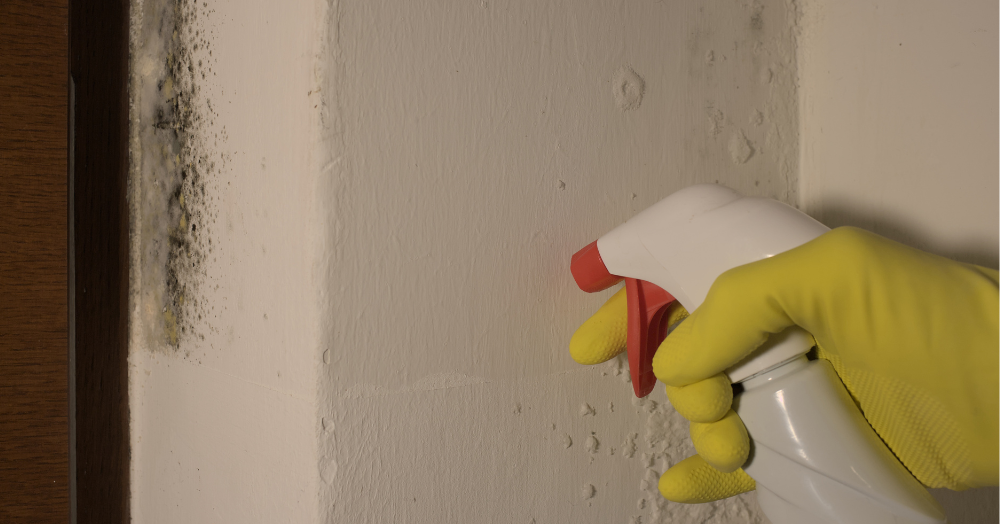💧 What Are We Talking About? Damp is unwanted moisture inside a building that damages property if left untreated. Mould is fungus that thrives on damp surfaces and can harm health.
Lets be clear on what damp is and the different types:
🔎 Types of Damp
Condensation Damp: When warm, moist indoor air hits a cold surface (windows, walls), then turns into water droplets. Over time if not treated or wiped away mould spots start to show.
Rising Damp: Groundwater travels up walls (common in older homes) causing peeling wallpaper and damp patches near the floor. If left untreated this can potentially cause structural damage.
Penetrating Damp: Water enters from outside the property (walls, roofs, plumbing leaks). This can soak into the structure and potentially cause structural damage.
⚠️ Why It Matters
Excess damp (moisture) inside a property if left untreated can cause mould. Rising and penetrating damp could also cause structural damage to a property.
Mould and damp can trigger asthma, allergies and persistent coughs and can be especially dangerous for vulnerable people.
🕵️♀️ How to Spot Damp
Indoors: Stained or peeling paint/wallpaper, visible mould, condensation on windows, cold walls, poor ventilation, heating issues.
Outdoors: Blocked/broken gutters, wall or roof cracks, missing roof tiles, failed damp-proof course, musty smells or unexplained marks.
🛠️ Prevention Tips
• Repair leaks, gutters, and roof issues promptly.
• Improve ventilation (kitchen, bathroom, extractor fans).
• Insulate to keep walls/roof warmer.
• Control moisture: Don’t block air vents, and ventilate if drying clothes indoors.
🧽 Removal & Fixing
Identify the type of damp first. Once you know the cause you can plan the best course of action.
• Hard surfaces should be cleaned with dedicated mould remover and dried thoroughly.
• Soft furnishings should also be cleaned, or replaced if necessary.
• Ensure all extractors fans in kitchens and bathroom are in working order.
• Do not dry clothes inside as much as possible and keep properties well-ventilated, keeping windows and doors open as much as possible.
• When cooking keep extractor fans on and lids on pots and pans.
• Ventilate bathrooms by keeping windows open and extractors on.
As soon as you spot any mould clean it immediately and keep on top of cleaning.
👷 When to Call the Professionals
If the signs of damp and mould continue you may need an expert. When should you call one?
• Source of damp is unclear.
• Penetrating or rising damp suspected.
• Damage is extensive or affecting health.
• You’re a landlord or tenant with legal obligations.
Specialists might include damp surveyors, building surveyors or ventilation experts.
If you have any queries on how to keep your property mould free this winter, please do not hesitate to reach out—we’re here and ready to help.
💬 Hollie or Steph 💼
📞 Phone: 01474 321957
📧 Email: Hollie@mandmprop.co.uk or Stephanie@mandmprop.co.uk


